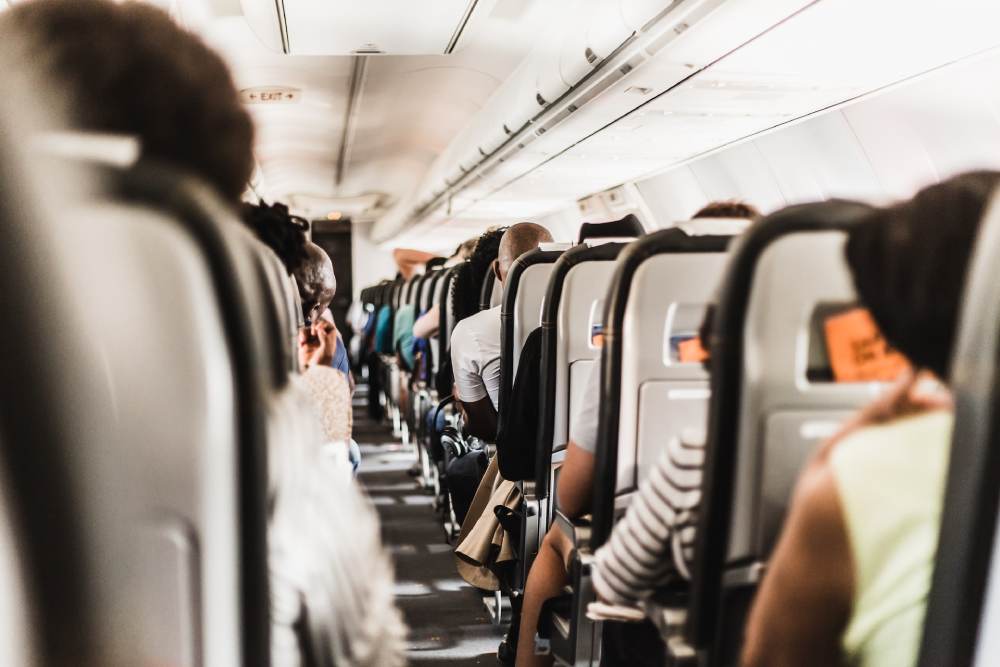Aviation Law Enforcement: Maintaining Security in Air Travel
Law enforcement aviation units are tasked with various missions, including traffic enforcement, surveillance, and counter-terrorism patrols. These units use airplanes and helicopters in a wide range of sizes.
Ensuring passengers feel comfortable and safe with security protocols is key for the aviation industry. That’s why airlines must continuously implement and improve their processes.
Passengers with Disabilities
Airline passengers with disabilities are not only travelers — they are customers. As such, they should be treated with the same care and respect as all other passengers. But that is not always the case, as one recent New York Times story documented. The airline’s alleged mishandling of a passenger’s wheelchair led to an unnecessary delay in his flight and, ultimately, the loss of his wheelchair.
Amid staff shortages, many airports need help to meet the needs of a growing number of passengers with special needs. These include people who use wheelchairs, scooters, or other mobility aids and those traveling with service animals. The issue is so significant that the U.S. Department of Transportation worked with a disability rights advocacy group to create an easy-to-use Airline Passengers with Disabilities Bill of Rights.
Most airports and airlines have a policy requiring that wheelchairs and other assistive devices be transported in the same manner as carry-on baggage. In addition, airlines must provide information regarding the aircraft scheduled for a flight to a person with a disability upon request. In addition, airlines and airports must ensure that terminal facilities they own, lease or operate are accessible to persons with disabilities.
Bryan Smith, safety program manager for APSA, says a wave of anti-law enforcement sentiment is exacting a heavy toll on aviation law enforcement personnel. He adds that he has spoken to helicopter pilots who have left their jobs because they are tired of being disrespected at work and in public. He credits high-definition cameras for improving safety, saying they allow law enforcement to patrol and monitor activities from the sky safely while reducing their exposure to the public.
Global Issues
Each year, millions of passengers depend on the airline industry to get them to their destinations. Air travel has an impressive safety record, but it’s not immune to disruptions or unlikely events. The recent incident of a passenger opening an emergency exit and walking onto the wing of a plane in New Orleans has focused attention on airport and airline security protocols.
Aviation law enforcement is a complex business, and it requires extensive training. The FAA’s Law Enforcement Academy provides training in aviation and law enforcement skills and concepts and helps law enforcement agencies develop their aviation capabilities. The academy has a variety of courses, including drones, search and rescue, aviation training, and more.
Those in aviation law enforcement often receive competitive compensation, including salary, overtime pay, and benefits. The pay scale for airborne law enforcement units varies depending on location, and some may also be eligible for locality pay or premium pay for working Sundays and holidays.
Aviation law enforcement professionals can find a career in numerous fields. In addition to traditional law enforcement duties, many agencies have specialized aviation units that handle environmental issues, counter-narcotics missions, and even search and rescue. These units are equipped with everything from military surplus aircraft to brand-new models purchased and designed for their purpose.
Passengers’ Satisfaction
Keeping passengers satisfied with their flights is a top priority for airlines. This is especially important since flying is a different experience than traveling by car or sea. Many individuals have reservations about being so high up in the air, which necessitates having strict regulations put in place to guarantee safety on the aircraft. Providing all travelers excellent customer service is vital to ensure they can handle their flight and feel comfortable.
During the COVID-19 pandemic, passenger sentiment polarity decreased slightly in some dimensions and drinks. This can be explained by the protocols implemented to contain the virus, which may have impacted airline employees’ behavior and performance. However, the mean sentiment polarity increased in categories such as Refunds and Cabin Cleanliness in all travel classes.
One of the biggest challenges that airborne law enforcement faces is a dwindling labor pool. According to Bryan Smith, safety program manager of the Airborne Public Safety Association (APSA), many agencies need help finding qualified pilots and other personnel for their staffed aviation units.
To help with this issue, the aviation industry has incorporated unmanned aerial systems (UAS) into public service work. For instance, the Michigan State Police (MSP) uses UAS to map accidents, search for lost persons, inspect natural disasters, and assist with suspect apprehension.
Security
In an era where the safety of passengers and crew members is at the forefront of minds for many, aviation security measures must be upheld. These protect not only those on board the plane but also employees and families waiting in the airport for their loved ones to arrive or depart.
In addition to the general aviation units, there are specialized aviation units in police departments and other law enforcement agencies that use helicopters and fixed-wing aircraft for various tasks. According to a U.S. Department of Justice report, nearly 1 in 5 large law enforcement agencies have an airborne law enforcement unit that operates at least one plane or helicopter. These units are involved in various operations, including traffic enforcement, patrols, surveillance, counter-narcotics, and search-and-rescue.
For example, the Arizona Division of Public Safety (AZDPS) utilizes a Tucson-based aircraft to support Customs and Border Protection (CBP) four days a month, flying on-call to help with various missions. These may include helping to identify, track, and apprehend fugitives and other illegal immigrants and conducting surveillance, photo-reconnaissance, cargo movement, and more.
These operations are conducted regularly with the assistance of highly trained pilots and other aviation unit staff. However, increasing pressures on these units have created a labor pool issue that is taking a toll on the workforce. This is exacerbated by the anti-law enforcement sentiment that has been seen in recent years.

